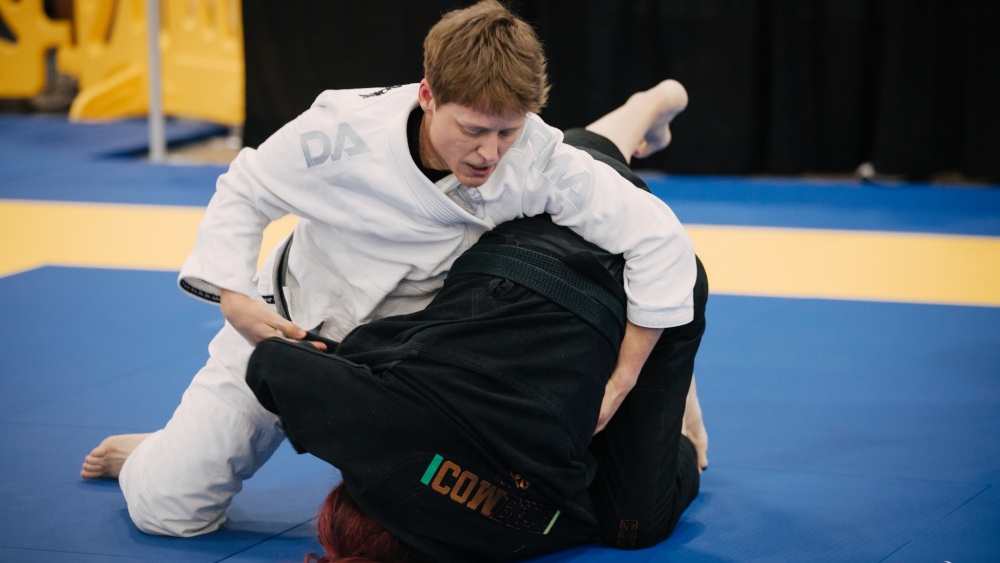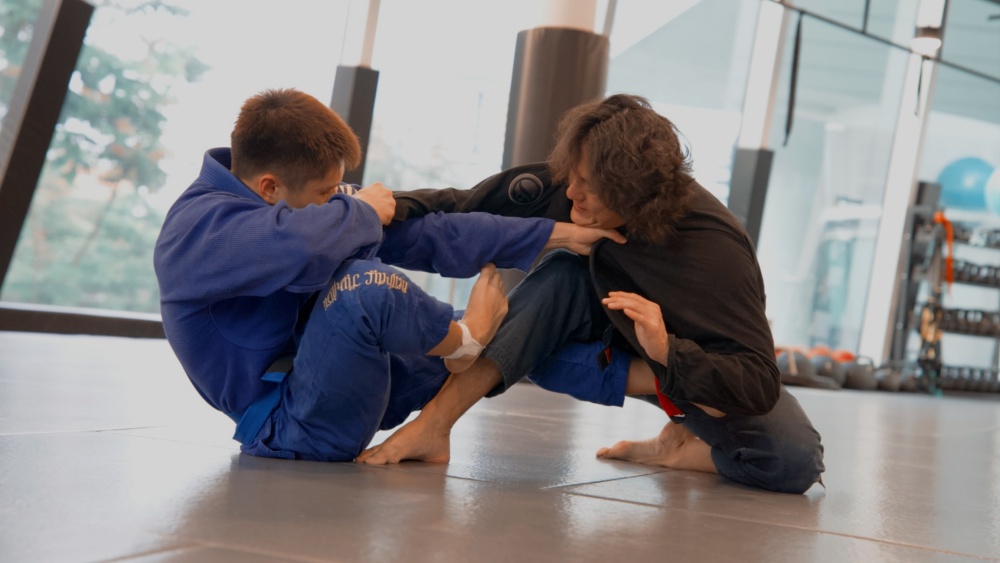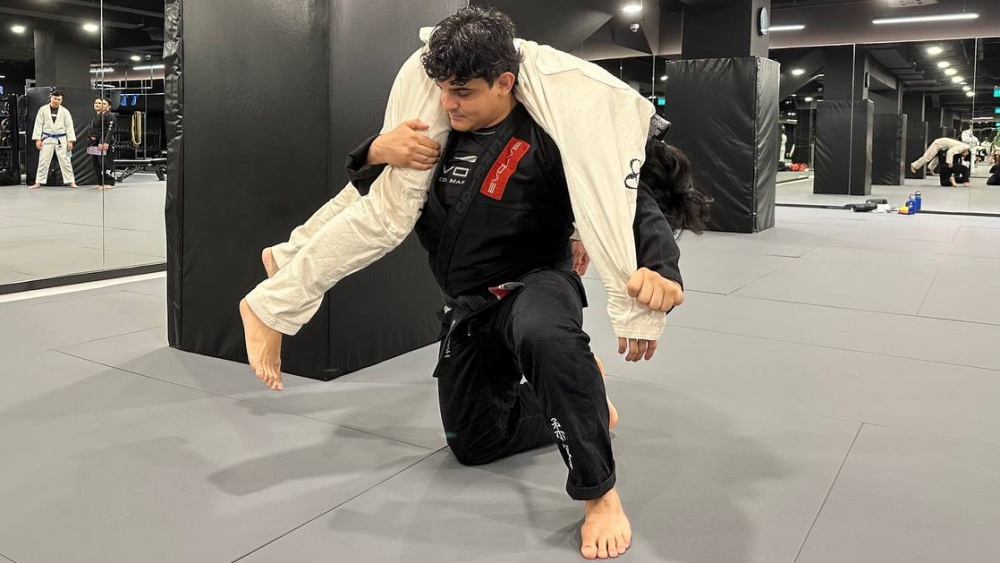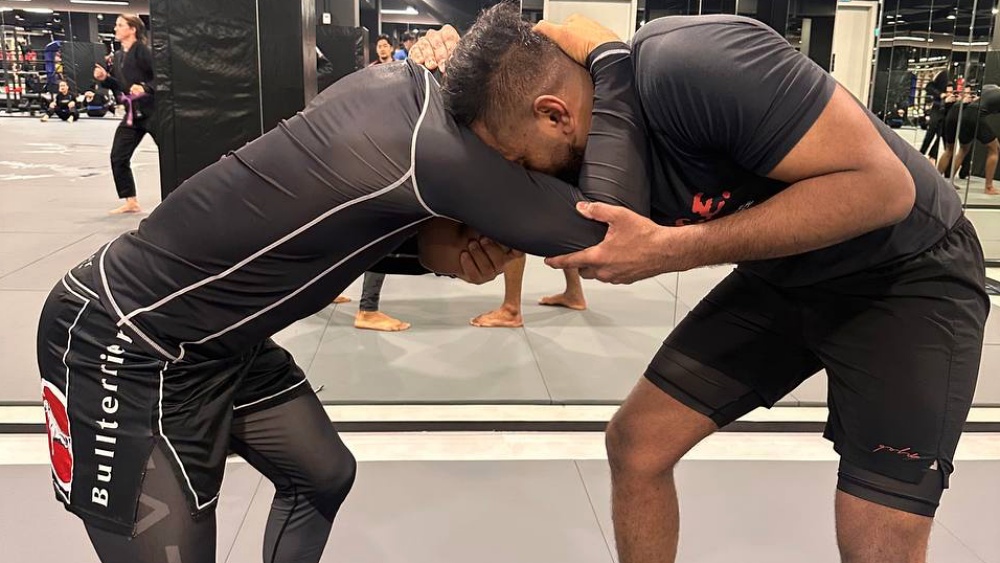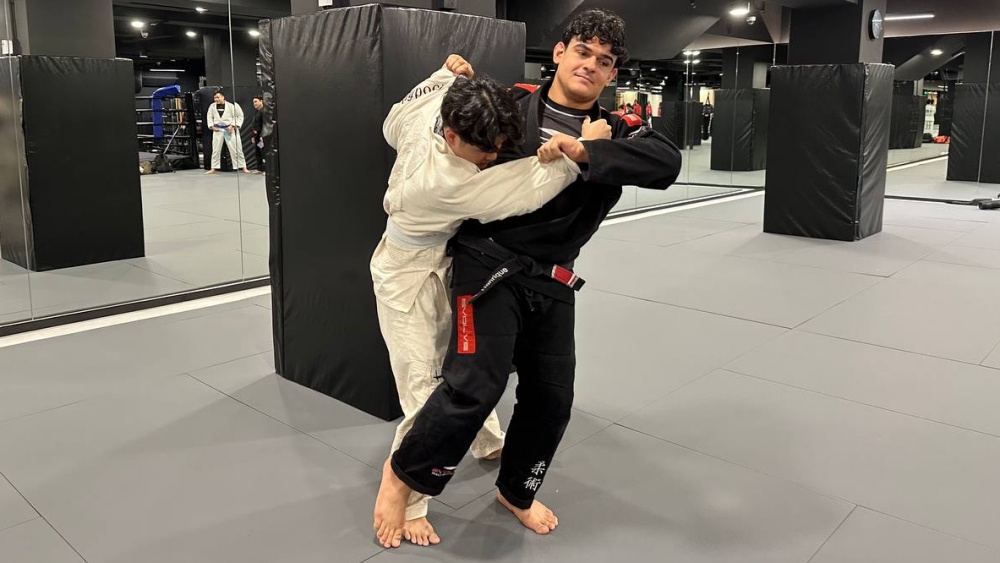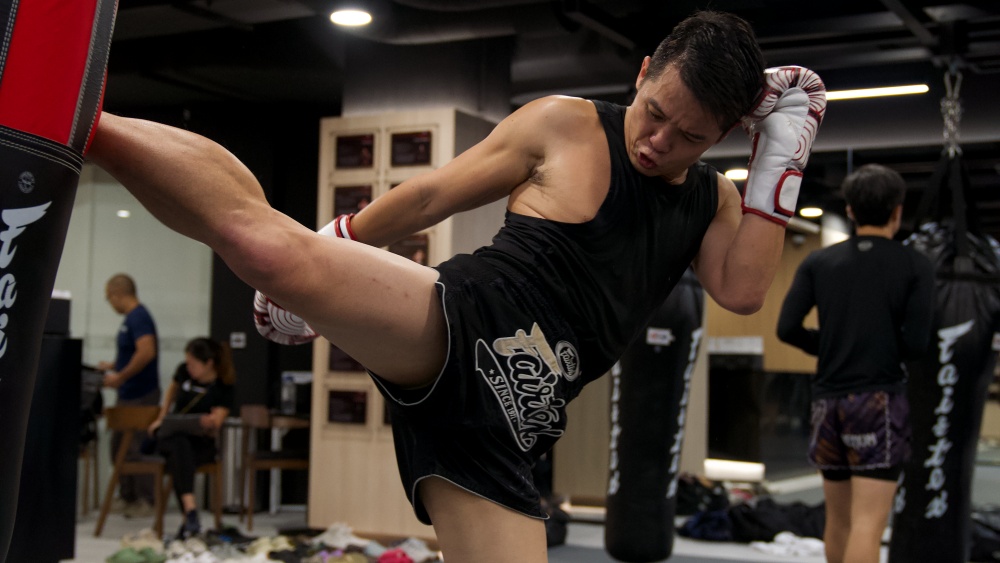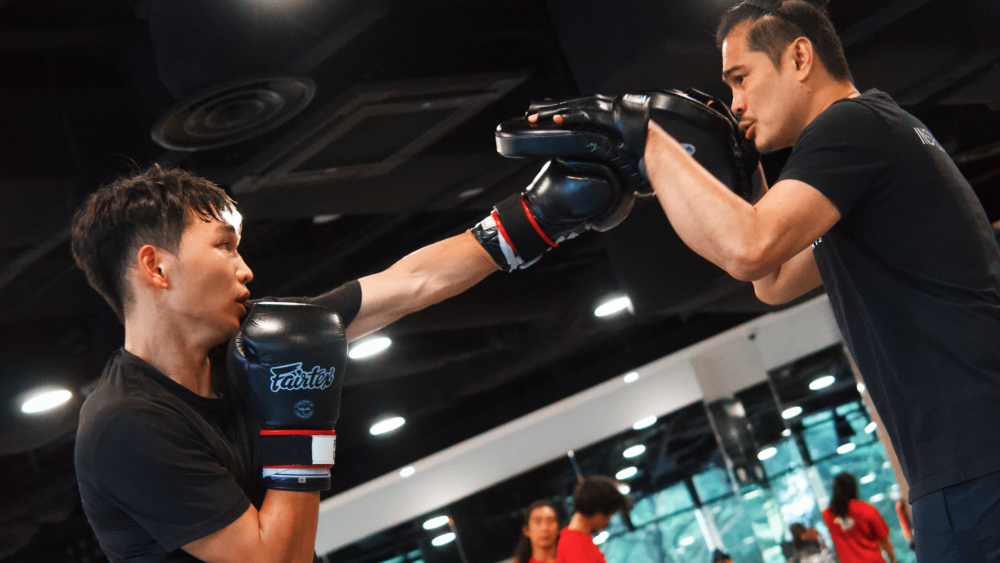In Brazilian Jiu-Jitsu and other grappling arts, escaping from inferior positions is a critical skill that every practitioner must master. Often, the difference between a novice and an experienced grappler lies in their ability to escape from bad positions and regain control.
Rolling escapes, which involve dynamic movements to counter an opponent’s control, are among the most effective techniques for this purpose. These escapes can be used to transition from a defensive position to a more advantageous one, allowing the grappler to regain their composure and continue the fight on their terms.
This article will explore four highly practical rolling escapes that all grapplers should have in their arsenal.
1) Rolling Escape (Upa) From The Mount
The mount is one of the most dominant positions in BJJ, where the opponent sits on top of the grappler’s chest, controlling their upper body and limiting their movement. Escaping from the mount can be challenging, but the upa, or bridge and roll escape, is a fundamental technique that can help grapplers turn the tables on their opponents.
To perform the upa escape, the grappler must first protect their neck and arms from potential submissions by keeping their elbows tight to their body and their hands near their face. The next step is to trap one of the opponent’s arms by holding it tightly against the grappler’s chest. Simultaneously, the grappler should trap the opponent’s foot on the same side by placing their foot over it or pinning it with their leg. With the opponent’s arm and foot secured, the grappler then bridges explosively by pushing their hips upward and toward the trapped side. This motion, combined with a powerful twisting of the body, unbalances the opponent and forces them to roll over, allowing the grappler to escape the mount and land in a more favorable position, such as the opponent’s guard or top position.
The key to a successful upa escape is timing and commitment. The grappler must execute the bridge with full force and at the right moment to catch the opponent off-guard. Practicing this escape regularly is essential, as timing is a big ingredient in its effectiveness.
2) Rolling Escape (Granby Roll) From The Turtle
The turtle position, where the grappler is on their hands and knees with the opponent controlling them from behind, is another vulnerable position. While the turtle position offers some defensive options, it also leaves the grappler susceptible to back takes, chokes, and other attacks. The Granby roll is an advanced rolling escape that can help the grappler escape the turtle position and transition to a more neutral position.
To perform the Granby roll from the turtle, the grappler must first ensure that their posture is compact, with their elbows close to their knees and their head tucked. The Granby roll begins by reaching one arm across the opponent’s body, ideally grabbing their wrist or pant leg, to create a point of control. The grappler then rolls over their shoulder on the same side as the reaching arm, tucking their head and initiating a backward roll.
As the grappler rolls, they should keep their body tight and use the momentum to spin out from under the opponent’s control. Depending on the opponent’s reaction, the Granby roll can lead to several advantageous positions, such as escaping to guard, regaining a neutral stance, or even reversing the opponent.
The Granby roll is an effective escape but requires some coordination to pull off. Find time to drill this technique if you wish to add it to your game.
3) Rolling Escape From Side Control
Side control is another dominant position in BJJ, where the opponent lies perpendicular to the grappler, controlling their upper body and often setting up submissions. Escaping from side control can be difficult, especially against a heavy or skilled opponent. However, the rolling escape from side control is a dynamic technique that can help the grappler escape this position and potentially reverse the situation.
The rolling escape from side control begins with the grappler creating a frame by placing their arm against the opponent’s neck or shoulder while the other hand pushes against the opponent’s hip. This frame helps create space between the grappler and the opponent, which is crucial for initiating the escape.
With the frame in place, the grappler then bridges their hips upward to unbalance the opponent slightly. As the bridge reaches its peak, the grappler quickly tucks their head and rolls over their shoulder, ideally toward the opponent’s legs. This motion forces the opponent to adjust and, if executed perfectly, reverses the position.
This rolling escape is particularly useful when the opponent applies intense pressure from the top. The key is to use the frame to create just enough space to initiate the roll and then use the momentum to complete the escape.
4) Rolling Escape From The North-South
The north-south position, where the opponent is positioned above the grappler with their head near the grappler’s hips, is difficult to escape. The opponent has significant control over the grappler’s movement and can apply submissions or transition to other dominant positions. The rolling escape from the north-south is a great way to counter this control and regain a more neutral position.
To perform the rolling escape from north-south, the grappler must first focus on protecting their neck and arms from potential attacks, such as the north-south choke. The grappler then shifts their weight slightly to one side, creating an angle that makes it harder for the opponent to maintain control.
The escape is initiated by the grappler rolling over their shoulder, ideally toward the side where they feel the opponent’s control is weakest. The roll should be explosive and controlled, allowing the grappler to use the momentum to create distance between themselves and the opponent. As the roll is completed, the grappler can transition to a more advantageous position.
Conclusion
Rolling escapes are powerful techniques that can help grapplers of all levels escape from some of the most challenging positions in BJJ. Regardless of your position, these rolling escapes offer a dynamic way to counter an opponent’s control and regain a more favorable situation. Adding these rolling escapes to your repertoire allows you to become a more versatile and resilient grappler, capable of escaping even the toughest of pins.
You may also like:
